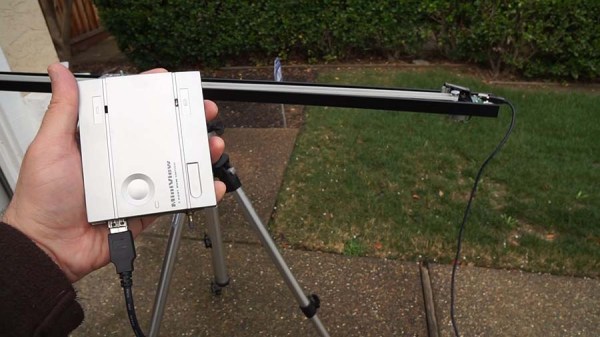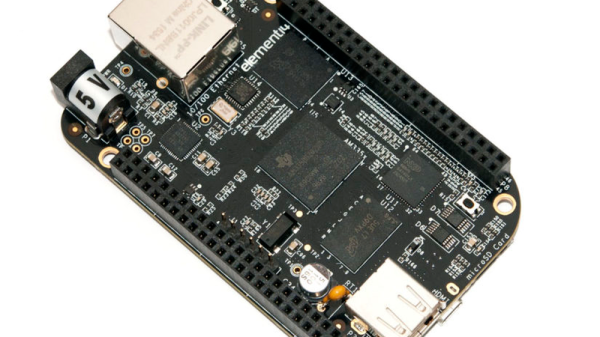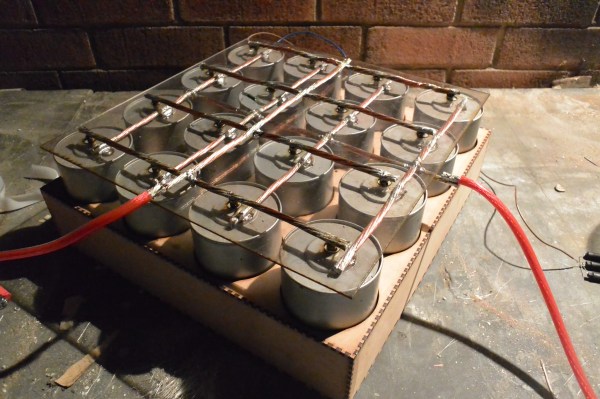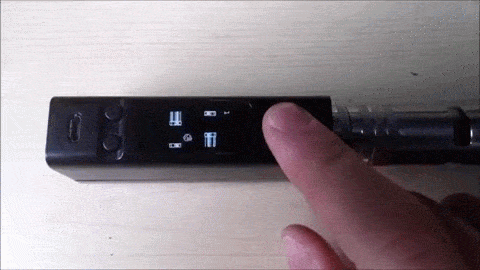Blood doping is so last decade! The modern cyclist has a motor and power supply hidden inside the bike’s frame.
We were first tipped off to the subject in this article in the New York Times. A Belgian cyclocross rider, Femke Van den Driessche, was caught with a motor hidden in her bike.
While we don’t condone sports cheating, we think that hiding a motor inside a standard bike is pretty cool. But it’s even more fun to think of how to catch the cheats. The Italian and French press have fixated on the idea of using thermal cameras to detect the heat. (Skip to 7:50 in the franceTVsport clip.) We suspect it’s because their reporters recently bought Flir cameras and are trying to justify the expense.
The UCI, cycling’s regulatory body, doesn’t like thermal. They instead use magnetic pulses and listen for the characteristic ringing of a motor coil inside the frame. Other possibilities include X-ray and ultrasonic testing. What do you think? How would you detect a motor inside a bike frame or gearset?



















